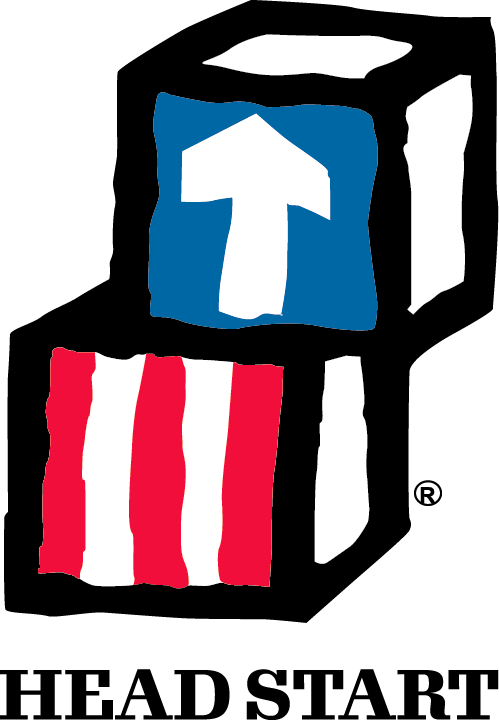With spring comes a feeling of renewal. Families everywhere begin cleaning out their basements and garages.
Windows are opened, flowers bloom, and the days grow longer, thanks in part to daylight saving time, which this year began on March 11.
The National Safety Council (NSC) reminds you that spring is also a great time to review a safety checklist for your home.
Smoke Alarms
Smoke alarms save lives—if they are powered by a fresh battery. You should test them every month to make sure they work and replace the battery at least once a year, according to the National Fire Protection Association (NFPA). If the alarm makes a “chirping” sound, replace it immediately.
Smoke alarms should be located in every bedroom and in the common areas on each floor of a home. Mount them at least 10 feet from the stove (to reduce false alarms), less than 12 inches from the ceiling, and away from windows, doors, and ducts.
Did you know smoke alarms can be interconnected wirelessly? That means, when one sounds, they all sound. A Consumer Product Safety Commission survey found this is the best way to notify everyone in a home if there is a fire. Be sure to purchase smoke alarms with the label of a reputable testing agency, like Underwriters Laboratories (UL).
Three out of every five home fire deaths result from fires in homes with no smoke alarms, according to NFPA.
Carbon Monoxide Detectors
Carbon monoxide (CO) is an invisible, odorless gas, and it can kill you. Anything in the home that burns fuel can potentially become a source of carbon monoxide. CO alarms should be installed in a central location outside each bedroom and on every level of the home. The safety tips for CO detectors mirror those of smoke alarms: change the batteries, test them, and interconnect them, if possible.
Also, make sure vents for your gas appliances (fireplace, dryer, stove, and furnace) are free and clear of snow or debris.
Family Emergency Plan
The National Safety Council recommends every family have an emergency plan in place in the event of a natural disaster or other catastrophic event. Spring is a great time to review that plan with family members to make sure they know what to do.
Have a home and car emergency kit. The Federal Emergency Management Agency (FEMA) says an emergency kit should include one gallon of water per day for each person, at least a three-day supply of food, flashlight and batteries, first aid kit, filter mask, plastic sheeting and duct tape, and medicines. Visit the FEMA website (fema.gov) for a complete list.
The emergency plan also should include:
- A communications plan to outline how your family members will contact one another if they are not in the same place and where you should meet if it’s safe to go outside
- A shelter-in-place plan if outside air is contaminated; FEMA recommends sealing windows, doors, and air vents with plastic sheeting
- A getaway plan including various routes and destinations in different directions
What Else Should You Do This Spring?
NSC recommends you take unwanted or expired medicines to a prescription drop box or take-back event near you, update your first aid kit and, most of all, get outside and have fun!
This article is courtesy of the National Safety Council. For more information on spring safety, visit: http://www.nsc.org/learn/safety-knowledge/Pages/spring-cleaning-checklist.aspx



